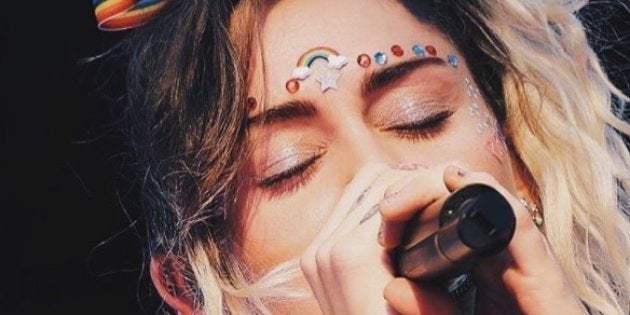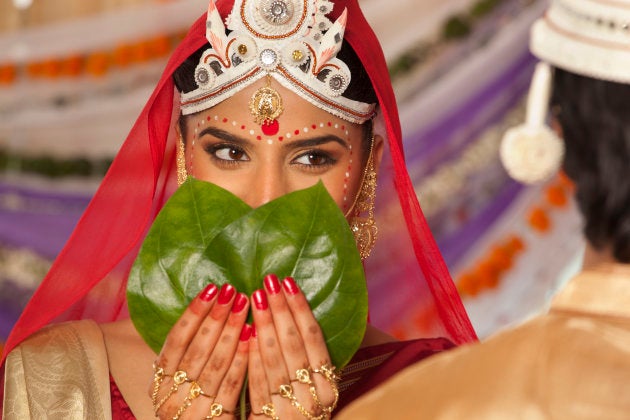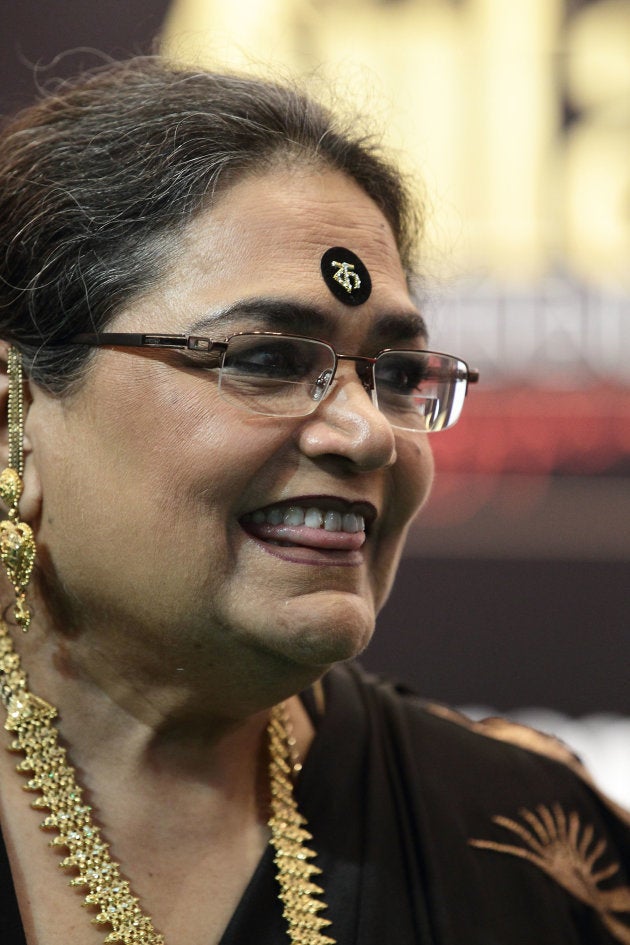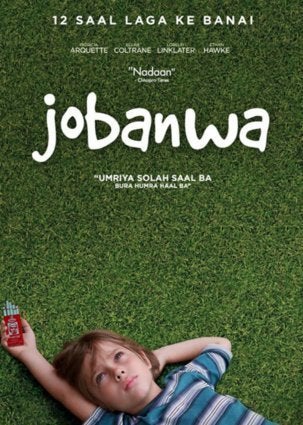
Every time a white person wears a 'bindi' and a cycle of outrage kicks off on social media, I am left wondering why I can't muster enough rage at the said bindi-abuser. The latest celebrity to be caught in this storm is Miley Cyrus. At a Pride Month concert performance in Washington DC, Miley wore a rainbow stick-on on her forehead. There were little colourful stick-ons along each of her brows. The moment I saw the picture, I let out an involuntary chuckle imagining my mother rolling her eyes at this version of a popular Bengali bridal make-up trope. For the uninitiated, traditional Bengali bridal make-up includes a similar pattern of drawing with sandalwood paste on the bride's forehead. There's usually a prominent, elaborate design between the brows and then motifs to match along the brows.
Decades ago, and some times even now, the drawings would be extended to the cheeks of the bride ending in an elaborate paisley pattern. Back in the day, even men were made to wear sandalwood paste dots on their forehead during their wedding. And every time I asked anyone about the story behind it, answers would range from 'it looks beautiful' to 'sandalwood is considered holy'. In recent times, a lot of Bengali friends who have gotten married have mostly not had their cheeks painted and some even opted for a simpler bindi just above the bridge of their noses.

On seeing Cyrus, a friend chuckled, "Oh, the real Mem Bou is here." For those unaware of who Mem Bou is, do check out this link. Mem Bou became a popular internet meme after a Bengali woman sporting a blonde wig was made to play a 'white woman' coming to live with a Bengali family in a soap.
Now Miley's 'rainbow bindis' -- if we may call them so -- aren't exactly my taste in fashion, but hey, to each her own, right?
Which brings me to my own relationship with the bindi. Called 'teep' in Bengali, as a child, the bindiwas a little red dot by which I identified married women around me. I often wondered how one figures a man is married or not, but those queries were usually dismissed as of any inquisitive child's.
While appropriation is rampant among white cultural narratives -- white Americans have been hauled up, and rightly so, for wearing Native American headgears and sporting corn-rows. The bindi, however, doesn't come with similar implications for me, or several Indians.
While visiting friends, I watched with fascination how some of their mothers would dip a little silver pin with a circular flat head into a jar of vermillion and stamp it on their foreheads. However, my own mother did no such thing. She wore a bindioccasionally butit wasusually a felt stick-on, which was big, round and eye-catching. To me, and to her, it was no different from a piece of jewellery. Back in the 90s and among the Bengali middle-class, a big, round, non-red 'bindi' was often associated with being less-traditional, bold and glamorous -- a lot of screen-stars of yore were spotted wearing those. Every time my mother wore a big bindi, it seemed like she stood out from the rest in my childish imagination.
In the ancient Vedic texts dating back to approximately 1500-1200 BC, the bindi was meant to mark the centre between eyebrows. It was supposed to mark the third eye or ajna chakra—the seat of concealed wisdom and a gateway to spiritual insight. Some other sources associate the red sindoor bindi with strength as embodied in deities like Goddess Kali. The most accepted and practical usage of the red bindi -- if I may say so -- was traditionally as a 'marker' or 'identifier' of a married Hindu, Indian woman.
Though some of the implications of the sindoor bindi made the feminist in me uncomfortable -- especially ones that claimed that it is a sign of 'Sati' who gave her life for her husband's honour and is hence the ideal wife -- I embraced it in its other forms as well. Mostly as a fashion accessory that I thought makes me look pretty. Like a pair of jhumkas, or a lipstick in a bright shade, or the kohl.
And I know for a fact that most of my peers and people from generations before mine had also embraced the bindi for it's aesthetic appeal. I have unmarried friends who wear big, red bindis, I have friends who draw motifs with paint, I have friends who hate bindis because the stick-ons can be itchy and the painted ones can get smudged easily.
The bindi, I would strongly argue, has ceased to be just a 'custom' -- rooted in religion -- long back and has lent itself successfully to becoming a popular fashion accessory in India itself.
However, when it comes to 'bindi' and its attachment to a particular religion, it's not limited to just women. Often, mean wear red/orange line on their forehead, commonly referred to as the 'tilak' as a mark of a religious ceremony.
The 'bindi' became an accessory to define fatuous stereotypes for women in Indian soaps as well. While the 'good woman' was shown obsessing over sindoor, the 'vamp' was seen sporting elaborate, fancy bindis. So much so that reams of newsprint in the early 2000s were devoted to bindistyles ushered in by Hindi television soaps.
The Oxford dictionary defines "cultural appropriation" as "the unacknowledged or inappropriate adoption of the customs, practices, ideas, etc. of one people or society by members of another and typically more dominant people or society."
The bindi, I would strongly argue, has ceased to be just a 'custom' -- rooted in religion -- long back and has lent itself successfully to becoming a popular fashion accessory in India itself. It is an eye-catching accessory at that, which one can also use to make a statement. For example, in Kolkata, singer Usha Uthup is synonymous with a big, felt bindi with 'ক' written on it. The first alphabet of Kolkata spelled in the Bengali script, it is meant to celebrate her love for the city. I have to say that when Cyrus wore a rainbow stick-on on the parting of her brow, I saw a woman celebrating the LBGT community and not someone trying to offend another culture.

There's another problem with this whole idea of that I can wear bindi only because I am brown. Pakistani novelist Kamila Shamsie once said, "The moment you say, a male American writer can't write about a female Pakistani, you are saying ... you can't understand a Pakistani woman. She is enigmatic, inscrutable, unknowable. She's other. Leave her and her nation to its Otherness".
While appropriation is rampant among white cultural narratives -- white Americans have been hauled up, and rightly so, for wearing Native American headgears and sporting corn-rows. The bindi, however, doesn't come with similar implications for me, or several Indians.
When I wear a bindi, I don't do it to prove I am Indian, or that it has some deep-rooted connection with my culture, it's just because someone once told me it looks pretty on me. I am not alone in this. A sizeable number of people in India have the same reason to wearing bindis. And I find nothing offensive about Miley Cyrus' celebration of it.
Also on HuffPost:
